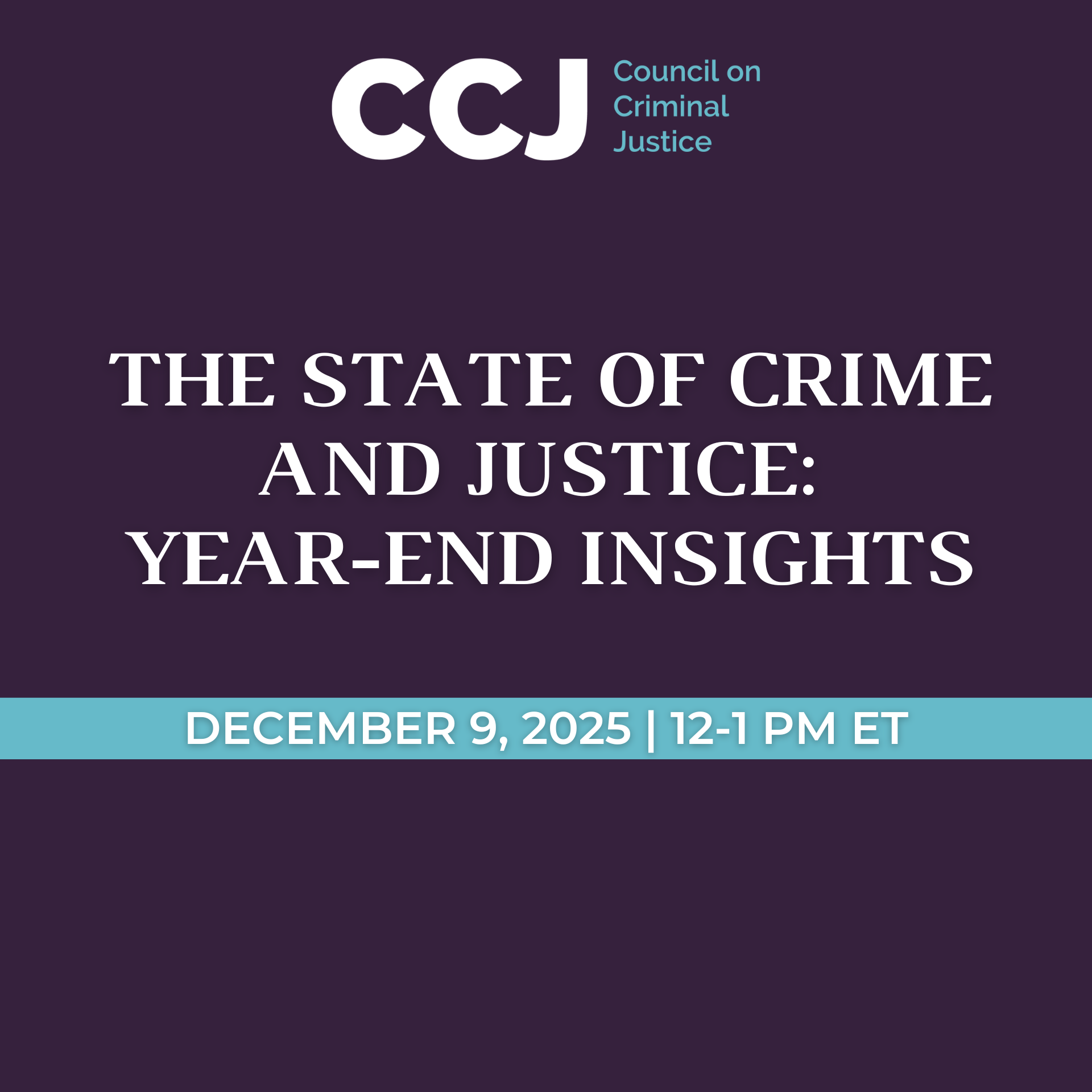Designed as a one-stop shop for policymakers and journalists, “The Footprint” features 40 charts summarizing long-term changes in crime, arrests, correctional control
FOR IMMEDIATE RELEASE
5:00 a.m. ET, September 13, 2023
Contact: Jenifer Warren
jwarren@counciloncj.org
916-217-0780
Washington, DC – Was the U.S. arrest rate higher in 1980 or 2020? Has the share of people in state prison for violent crimes increased or decreased over the last several decades? How has the number of adults on parole and probation changed since the turn of the century, and what’s the breakdown by race and sex?
You could dig up the data, do the math, and find the answers to these questions, but we’ve done the work for you. The Footprint: Tracking the Size of America’s Criminal Justice System goes live today on the Council on Criminal Justice website, providing ready access to a collection of 40 interactive charts that trace decades-long changes in crime and victimization, arrests, incarceration, and community supervision.
While there are many sources that provide data on crime and correctional control, they can be difficult to access and navigate, and information on long-term trends is often lacking. The Footprint is designed to serve as a one-stop shop that puts current criminal justice levels in historical context. For each of 40 trends, The Footprint presents calculations of the percentage changes in raw numbers and per capita rates from the earliest year reliable data became available to peak years, and from the peak years to the most current years.
“Despite so much talk about the footprint of the nation’s criminal justice system, it hasn’t been easy to determine the size of that footprint and figure out how it has changed over time,” Council President and CEO Adam Gelb said. “We created this online library to fill a gap in resources and help policymakers, reporters, advocates, researchers, and others better track criminal justice trends and more easily integrate them into their work.”
Overall, The Footprint shows that while the size of the criminal justice system remains well above historical levels, it has shrunk considerably in recent years. Because the availability of data varies, timeframes highlighted by the project range from a 60-year period for crime trends to shorter windows for arrests and community supervision. COVID-19 had substantial impacts on crime patterns as well as the operations of law enforcement, courts, correctional agencies, and paroling authorities, so The Footprint includes data on the pandemic’s early influence on crime, arrests, and correctional control. CCJ will update the charts when new data is published.
About the Council on Criminal Justice
The Council on Criminal Justice (CCJ) is a nonpartisan invitational membership organization and think tank that advances understanding of the criminal justice policy challenges facing the nation and builds consensus for solutions based on facts, evidence, and fundamental principles of justice.



